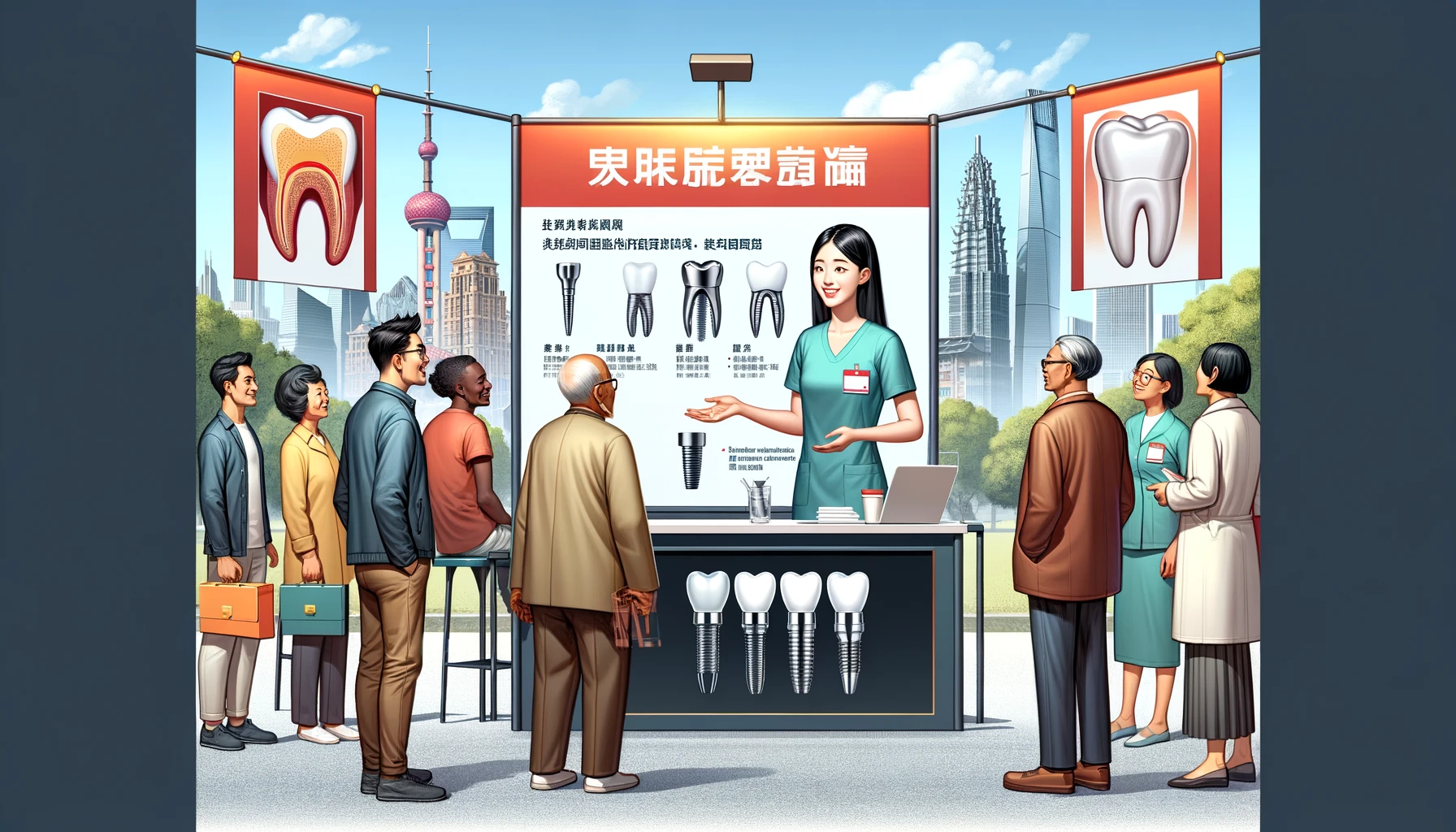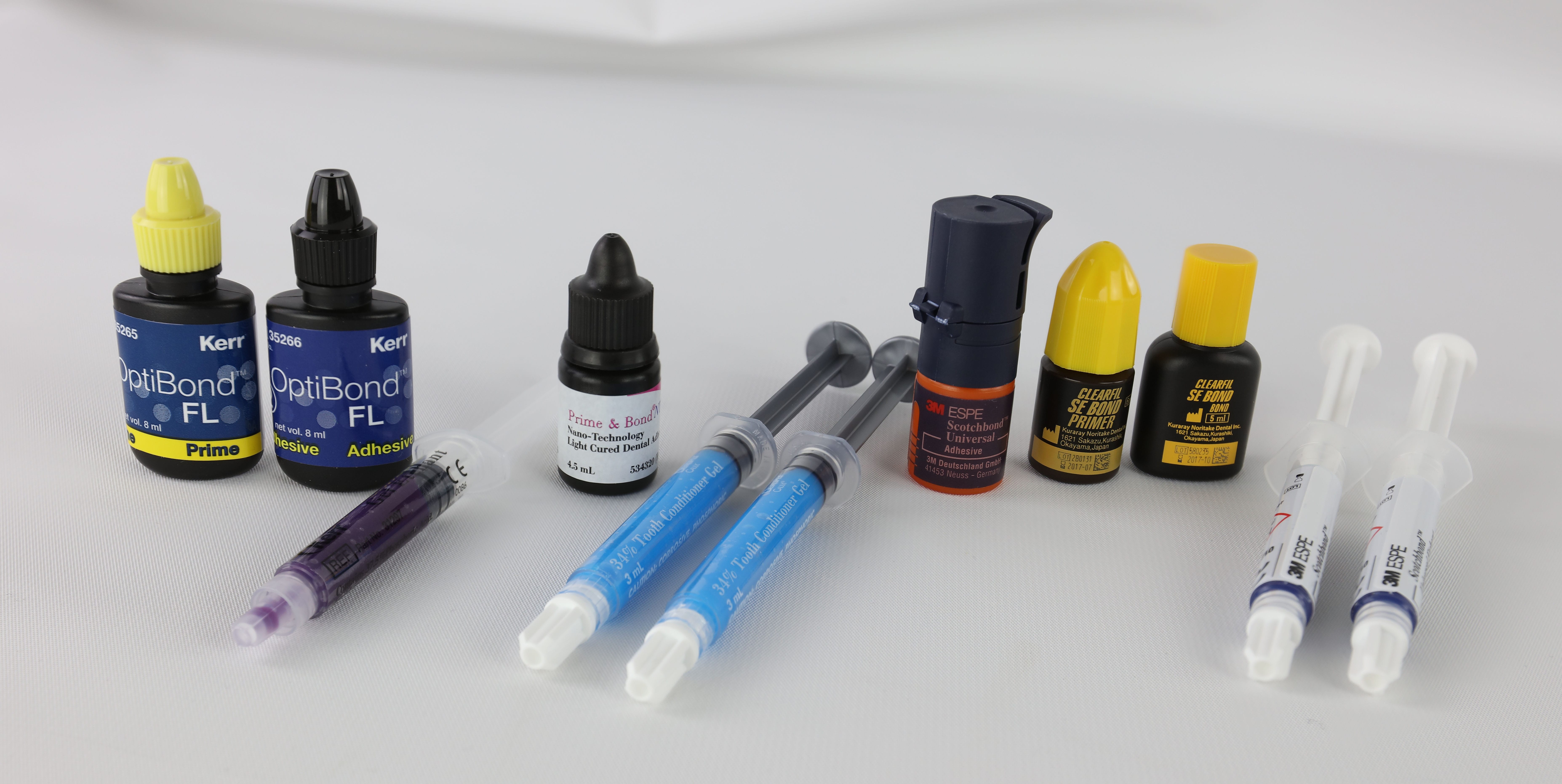Imagine settling into a dental chair that automatically adjusts to your body shape, integrates seamlessly with cutting-edge diagnostic tools, and enhances both patient comfort and dentist efficiency. This isn’t a glimpse into the future—it’s the reality of modern dental chairs. According to a 2023 study published in the Journal of Dental Research, ergonomic dental chairs can reduce dentist fatigue by up to 65% and improve patient comfort by 40%. These sophisticated pieces of equipment are far more than just a place for patients to sit; they’re marvels of engineering that play a crucial role in delivering high-quality dental care.

In this comprehensive guide, we’ll delve into the intricate mechanics and advanced features that make today’s dental chairs indispensable tools in any dental practice. From the robust support structures to the integration of digital technologies, we’ll explore how each component contributes to improved patient outcomes and streamlined dental procedures.
Anatomy of a Dental Chair: Key Components and Their Functions
Modern dental chairs are complex systems comprising several interconnected components, each playing a vital role in the chair’s overall functionality and performance.
Base and Support Structure
The foundation of any dental chair is its base, which provides stability and support. Modern dental chair bases are typically constructed from high-grade aluminum or steel alloys, capable of supporting weights up to 450 pounds (204 kg) for patient safety and stability. The design of the base often incorporates a wide footprint to prevent tipping, while still allowing easy access for the dental team.
Dr. Sarah Johnson, a dental ergonomics specialist, explains, “A well-designed base is crucial not just for patient safety, but also for the longevity of the chair. It needs to withstand constant movement and weight shifts without compromising stability.”
Hydraulic System
At the heart of a dental chair’s movement capabilities lies its hydraulic system. This complex network consists of a fluid reservoir, pump, valves, and cylinders. When activated, the pump pressurizes the fluid, which is then directed through valves to the appropriate cylinders, enabling smooth and precise chair movements.
The hydraulic system allows for effortless adjustment of the chair’s height, tilt, and recline, ensuring optimal positioning for both patient comfort and dentist access. Some advanced models even incorporate pneumatic systems alongside hydraulics for even finer control over chair movements.
Chair Back and Seat
Ergonomics plays a crucial role in the design of the chair back and seat. These components are engineered to provide optimal support for patients during potentially lengthy procedures while also allowing dentists easy access to the oral cavity.
Modern dental chairs often feature:
- Contoured seating with pressure-relieving materials
- Adjustable lumbar support
- Articulating headrests for precise positioning
The upholstery used in dental chairs is specially designed to be both comfortable and hygienic. Many manufacturers use seamless, non-porous materials that are resistant to bacteria and easy to clean and disinfect between patients.
Delivery System and Controls
The delivery system is the interface between the chair and the dental instruments. It typically includes:
- Instrument holders
- Water and air lines
- Control panel for chair adjustments and instrument activation
Modern delivery systems are designed for maximum efficiency, with ergonomically positioned instruments and intuitive controls. Many chairs now feature touchpad controls or even voice-activated systems for hands-free operation.
Dr. Michael Lee, a practicing dentist for over 20 years, notes, “The evolution of delivery systems has been a game-changer. With everything at our fingertips, we can focus more on the patient and less on fumbling with equipment.”
Lighting
Proper illumination is critical for accurate diagnoses and precise treatments. Modern dental chairs often come equipped with advanced lighting systems, including:
- LED lights for better color rendering and reduced heat generation
- Adjustable intensity and focus to reduce eye strain
- Shadow-reducing designs for improved visibility in the oral cavity
Some chairs even incorporate intraoral cameras and imaging systems directly into the lighting apparatus, further streamlining the diagnostic process.
Types of Dental Chairs: Specialization and Functionality
While all dental chairs share common features, there are specialized designs tailored to different areas of dentistry.
General Dentistry Chairs
These versatile chairs are designed to accommodate a wide range of procedures, from routine check-ups to fillings and crowns. They typically offer:
- A wide range of motion for various procedures
- Integrated suction and water systems
- Compatibility with a broad array of dental instruments
Specialty Chairs
Different dental specialties often require chairs with specific features:
- Orthodontic chairs: Often feature extended headrests and specialized lighting for precise bracket placement.
- Oral surgery chairs: Designed with enhanced stability and positioning options for complex surgical procedures.
- Endodontic chairs: Equipped with smaller headrests and advanced lighting systems for intricate root canal treatments.
- Periodontal chairs: May have wider armrests to accommodate specialized instruments and improved access to the gum line.
Dr. Emily Chen, an orthodontist, shares, “Having a chair specifically designed for orthodontics has significantly improved my workflow. The extended headrest and optimized lighting make bracket placement much more precise and comfortable for both me and my patients.”
Technology and Innovation in Modern Dental Chairs
The rapid advancement of technology has revolutionized dental chairs, transforming them into sophisticated, interconnected devices that enhance both patient care and practice efficiency.
Digital Controls and Automation
Modern dental chairs often feature digital control panels that allow for:
- Programmable chair positions for different procedures
- Patient-specific settings that can be saved and recalled
- Automated movements for improved workflow
These digital systems not only improve efficiency but also contribute to a more personalized patient experience.
Ergonomics and Patient Comfort
Advancements in ergonomic design have significantly improved both patient comfort and dentist well-being. Features like memory foam cushioning, adjustable lumbar support, and articulating headrests work together to reduce patient anxiety and discomfort during long procedures.
For dentists, chairs with 360-degree rotation capabilities and programmable positions can significantly reduce physical strain and improve workflow efficiency. A 2022 study in the Journal of Dental Ergonomics found that dentists using ergonomically advanced chairs reported a 30% reduction in work-related musculoskeletal disorders over a two-year period.
Integration with Digital Dentistry
The modern dental chair is increasingly becoming a hub for digital dentistry. Many chairs now integrate directly with:
- Intraoral scanners for digital impressions
- Digital x-ray systems for immediate imaging
- Practice management software for real-time patient data access
This integration allows for a seamless flow of information, enabling dentists to make more informed decisions and provide more efficient care.
Case Study: Smile Bright Dental Clinic Dr. Jessica Wong of Smile Bright Dental Clinic in San Francisco implemented fully integrated dental chairs in 2022. She reports, “Our patient throughput increased by 20%, and our diagnostic accuracy improved significantly. The chairs’ integration with our digital systems has streamlined our entire workflow.”
Maintenance and Longevity of Dental Chairs
Proper maintenance is crucial for ensuring the longevity and optimal performance of dental chairs.
Routine Cleaning and Disinfection
Maintaining strict hygiene protocols is essential for patient safety and infection control. Best practices include:
- Using manufacturer-approved disinfectants between patients
- Implementing barrier protection on high-touch surfaces
- Performing deep cleaning and sterilization procedures at regular intervals
Preventative Maintenance
Regular inspections and servicing by qualified technicians can prevent minor issues from becoming major problems. Key maintenance tasks include:
- Checking and replacing hydraulic fluid
- Lubricating moving parts
- Inspecting electrical connections and control systems
Dr. Robert Thompson, a dental equipment specialist, advises, “Preventative maintenance isn’t just about avoiding breakdowns; it’s about ensuring your chair performs optimally throughout its lifespan. A well-maintained chair can easily last 15-20 years.”
Extending Chair Lifespan
To maximize the lifespan of a dental chair:
- Follow manufacturer guidelines for usage and care
- Invest in protective covers for vulnerable components
- Train staff on proper chair operation and basic troubleshooting
With proper maintenance, a high-quality dental chair can last 10-15 years, with some premium models extending their lifespan to 20 years or more.
Choosing the Right Dental Chair: Factors to Consider
Selecting the ideal dental chair for your practice involves careful consideration of several factors:
Practice Needs and Specialties
- Assess your patient volume and types of procedures performed
- Consider any specialties or future expansion plans
- Evaluate space constraints in your operatories
Budget and Return on Investment
- Compare initial costs with long-term value
- Explore financing options and warranty coverage
- Consider potential productivity gains from advanced features
Ergonomics and User-Friendliness
- Prioritize chairs that reduce operator fatigue
- Look for intuitive controls and easy-to-learn features
- Consider the comfort of both patients and practitioners
Technology and Future-Proofing
- Choose chairs with upgradeability options
- Ensure compatibility with your existing and planned technology
- Stay informed about industry trends and emerging technologies
Dr. Lisa Martinez, a dental practice consultant, recommends, “When choosing a dental chair, think beyond the immediate needs. Consider how your practice might evolve over the next 5-10 years and choose a chair that can grow with you.”
Conclusion
The modern dental chair is a testament to the incredible advancements in dental technology and ergonomic design. From its robust support structure to its integration with cutting-edge digital systems, every aspect of these sophisticated devices is engineered to enhance patient care, improve practitioner efficiency, and elevate the overall dental experience.
As we’ve explored, the right dental chair can significantly impact patient comfort, treatment outcomes, and practice success. By understanding the inner workings of these essential pieces of equipment, dental professionals can make informed decisions about investing in and maintaining their chairs, ultimately leading to better care and improved practice performance.
Whether you’re setting up a new practice or upgrading your existing equipment, take the time to explore the latest innovations in dental chair technology. Consult with reputable suppliers, request demonstrations, and consider how different models align with your specific practice needs and future goals.
Remember, the dental chair is more than just a piece of furniture—it’s the centerpiece of your operatory and a critical tool in providing exceptional dental care. Choose wisely, maintain diligently, and watch as your practice thrives with the support of these marvels of modern dentistry.















